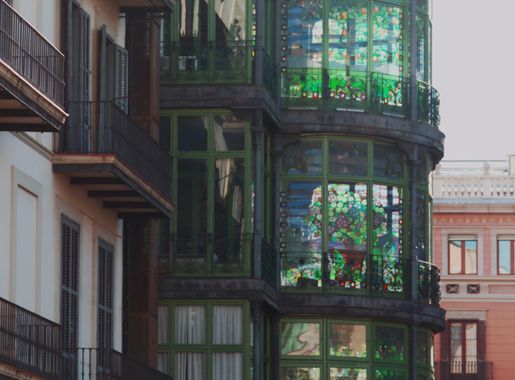
Eixample: The Heartbeat of Modern Barcelona
Discover Eixample: Barcelona's architectural gem and vibrant hub, where modernist masterpieces, shopping, dining, and urban charm come together.
Eixample is a vibrant and dynamic neighbourhood in Barcelona, known for its unique grid-like streets and stunning architecture. Designed by visionary architect Ildefons Cerdà in the 19th century, Eixample is a symbol of modern urban planning, blending wide boulevards, green spaces, and elegant buildings. The neighbourhood is divided into two main areas, Eixample Esquerra and Eixample Dreta, each offering its own distinct charm and attractions. A walk through Eixample is a journey through architectural history. The area is home to some of Antoni Gaudí's most famous works, including the iconic Sagrada Familia, the whimsical Casa Batlló, and the wave-like Casa Milà. These masterpieces of Modernisme architecture draw visitors from around the world, making Eixample a must-visit for art and history enthusiasts. Beyond Gaudí, you'll find numerous other examples of Catalan modernism, with intricate facades and ornate details that captivate the eye. Eixample is not just about architecture; it's also a hub for shopping, dining, and nightlife. Passeig de Gràcia, one of Barcelona's premier shopping streets, runs through the neighbourhood, offering a mix of high-end boutiques, international brands, and local designers. The area is also renowned for its culinary scene, with a plethora of tapas bars, trendy cafes, and gourmet restaurants. Whether you're looking for a traditional Catalan meal or innovative fusion cuisine, Eixample has something to satisfy every palate. For a more relaxed experience, explore the neighbourhood's numerous parks and squares. Plaça de Catalunya, the city's main square, is the perfect starting point for your Eixample adventure. From there, you can stroll down tree-lined streets, enjoy a coffee at a sidewalk cafe, or simply soak in the vibrant atmosphere. Eixample's central location makes it an ideal base for exploring the rest of Barcelona, with excellent transport links connecting you to all corners of the city.
Local tips in Eixample
- Visit early in the morning to avoid crowds at popular sites like Sagrada Familia and Casa Batlló.
- Wear comfortable shoes, as Eixample's grid layout is best explored on foot.
- For a unique dining experience, try a modernist-inspired restaurant such as Casa Calvet, designed by Gaudí.
- Use the metro or rent a bike to easily navigate the neighbourhood and beyond.
- Check local listings for temporary art exhibitions and cultural events, often hosted in historic buildings.
Eixample: The Heartbeat of Modern Barcelona
Eixample is a vibrant and dynamic neighbourhood in Barcelona, known for its unique grid-like streets and stunning architecture. Designed by visionary architect Ildefons Cerdà in the 19th century, Eixample is a symbol of modern urban planning, blending wide boulevards, green spaces, and elegant buildings. The neighbourhood is divided into two main areas, Eixample Esquerra and Eixample Dreta, each offering its own distinct charm and attractions. A walk through Eixample is a journey through architectural history. The area is home to some of Antoni Gaudí's most famous works, including the iconic Sagrada Familia, the whimsical Casa Batlló, and the wave-like Casa Milà. These masterpieces of Modernisme architecture draw visitors from around the world, making Eixample a must-visit for art and history enthusiasts. Beyond Gaudí, you'll find numerous other examples of Catalan modernism, with intricate facades and ornate details that captivate the eye. Eixample is not just about architecture; it's also a hub for shopping, dining, and nightlife. Passeig de Gràcia, one of Barcelona's premier shopping streets, runs through the neighbourhood, offering a mix of high-end boutiques, international brands, and local designers. The area is also renowned for its culinary scene, with a plethora of tapas bars, trendy cafes, and gourmet restaurants. Whether you're looking for a traditional Catalan meal or innovative fusion cuisine, Eixample has something to satisfy every palate. For a more relaxed experience, explore the neighbourhood's numerous parks and squares. Plaça de Catalunya, the city's main square, is the perfect starting point for your Eixample adventure. From there, you can stroll down tree-lined streets, enjoy a coffee at a sidewalk cafe, or simply soak in the vibrant atmosphere. Eixample's central location makes it an ideal base for exploring the rest of Barcelona, with excellent transport links connecting you to all corners of the city.
Iconic landmarks you can’t miss
La Sagrada Familia
Discover the architectural wonder of La Sagrada Familia, Barcelona's breathtaking basilica by Antoni Gaudí, rich in history and artistic brilliance.

Casa Batlló
Explore Casa Batlló, a UNESCO World Heritage site and a symbol of Catalan modernism, showcasing Antoni Gaudí's genius in architecture and design.
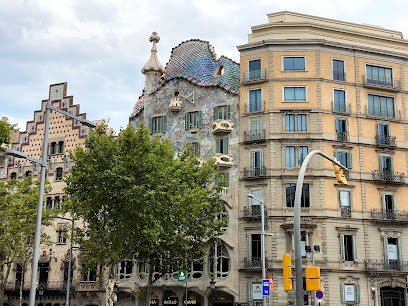
Arc de Triomf
Discover the iconic Arc de Triomf, a stunning triumphal arch in Barcelona that embodies the city's rich history and architectural charm.
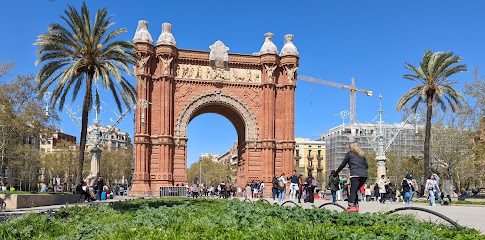
Plaça de la Sagrada Família
Experience the grandeur of Gaudí's masterpiece at Plaça de la Sagrada Família, a serene park with stunning architectural beauty in the heart of Barcelona.

Plaça de Gaudí
Experience the artistic charm of Plaça de Gaudí, a tranquil park in Barcelona that celebrates the genius of Antoni Gaudí with stunning sculptures and lush landscapes.
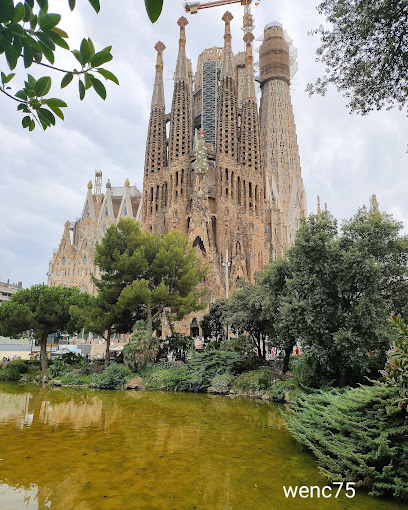
Casa Amatller
Discover Casa Amatller, a stunning museum that beautifully showcases Catalan modernism and the life of chocolatier Antoni Amatller in Barcelona.

Illa de la Discòrdia
Explore the architectural marvel of Illa de la Discòrdia, a UNESCO World Heritage site showcasing the brilliance of Gaudí and modernist design.
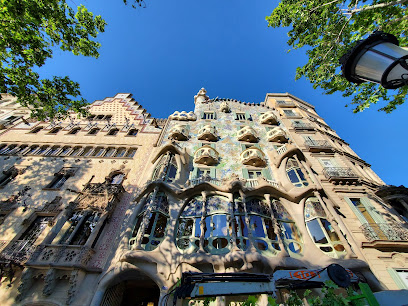
Passeig de Gràcia Avenue
Explore Passeig de Gràcia, Barcelona's iconic avenue, known for its stunning architecture, luxury shopping, and vibrant street life.
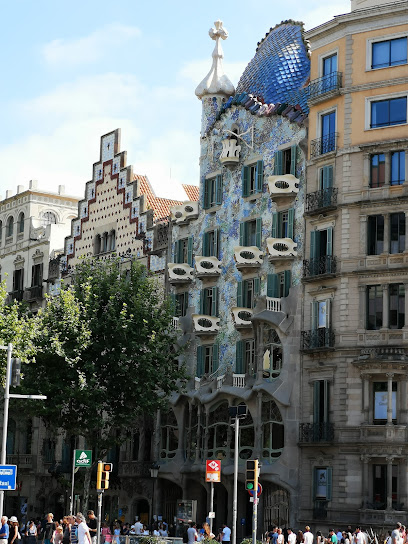
Edifici Modernista JUJOL
Explore Edifici Modernista JUJOL, a masterpiece of Catalan Modernism in Barcelona, showcasing unique architecture and vibrant artistry.
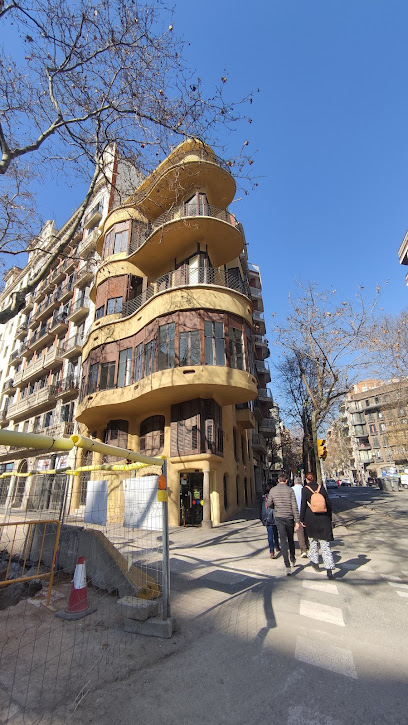
Casa Sociedad Torres Hermanos III
Explore Casa Sociedad Torres Hermanos III, a stunning modernist architectural gem in the heart of Barcelona's Eixample district, rich in history and charm.
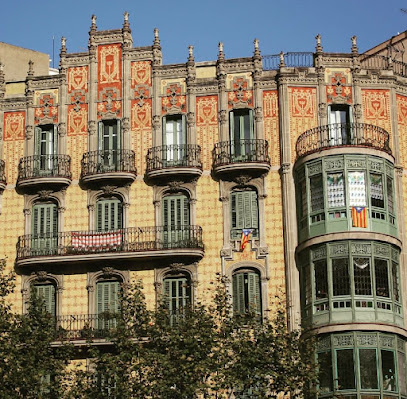
Unmissable attractions to see
Plaça de Catalunya
Experience the vibrant energy and architectural beauty of Plaça de Catalunya, the heart of Barcelona and a must-visit tourist attraction.
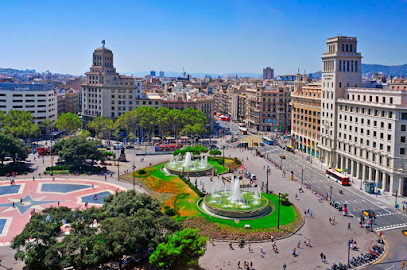
La Pedrera-Casa Milà
Discover La Pedrera, a UNESCO World Heritage site and architectural gem in Barcelona, showcasing the brilliance of Antoni Gaudí.
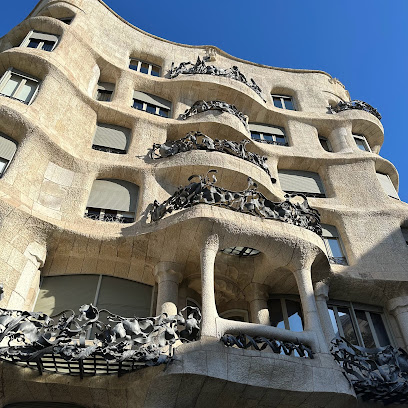
Picasso Museum
Explore the Picasso Museum in Barcelona, showcasing over 4,200 works from the iconic artist, and experience a journey through his creative genius.

Barcelona Museum of Contemporary Art
Discover the cutting-edge world of contemporary art at the Barcelona Museum of Contemporary Art, where creativity knows no bounds.
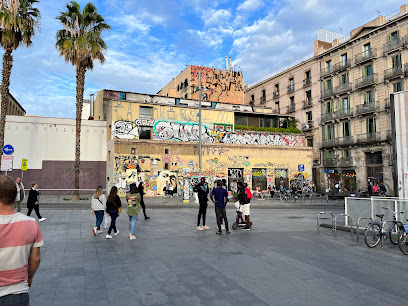
La Pedrera
Discover the architectural marvel of La Pedrera, a UNESCO World Heritage site in Barcelona showcasing Gaudí's innovative modernist design and breathtaking views.
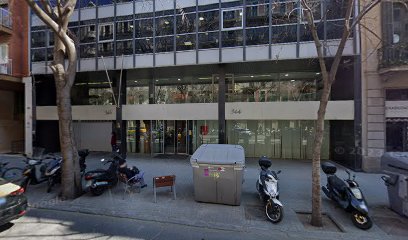
Essential places to dine
Musiu
Experience authentic Italian cuisine at Musiu in Barcelona's Eixample district - a culinary journey through Mediterranean flavors.
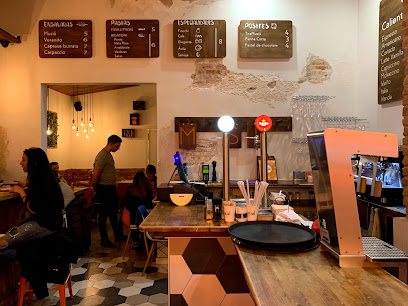
El Mercader de l'Eixample
Discover authentic Mediterranean flavors in L'Eixample at El Mercader de l'Eixample - where every dish tells a story.
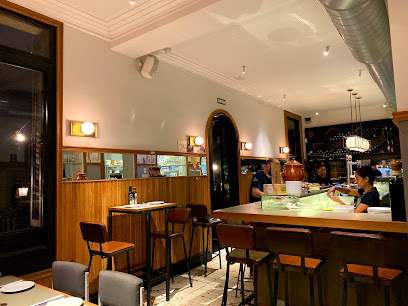
Bronzo
Discover authentic Venetian cuisine at Bronzo in Barcelona's Eixample district - where every meal is a celebration of Italy's culinary traditions.
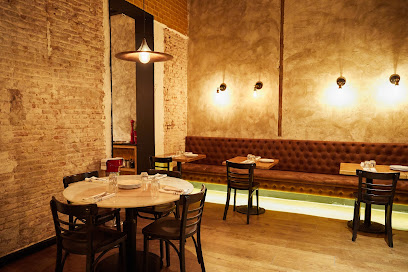
The Sopa Boba : Restaurant Tapes Barcelona - Eixample
Discover authentic Mediterranean tapas at The Sopa Boba in Eixample – where quality meets tradition in every bite.

La Garriga Eixample restaurant
Experience the vibrant flavors of Mediterranean cuisine at La Garriga Eixample, where Catalan tradition meets modern dining excellence.
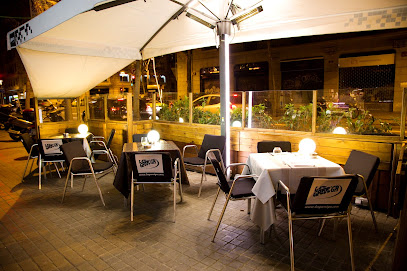
Boraz
Experience the exquisite fusion of rice dishes and innovative cocktails at Boraz in Barcelona's Eixample district.
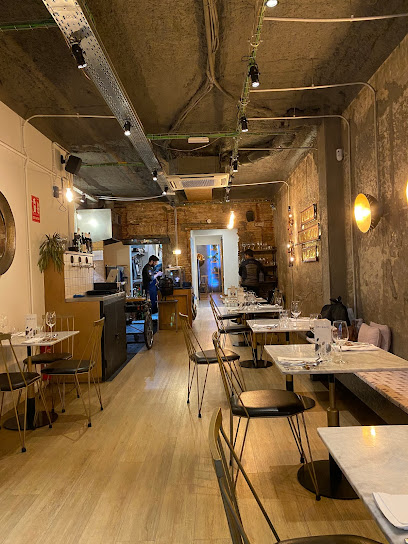
La Barra del Gourmet
Experience authentic Mediterranean flavors at La Barra del Gourmet in Barcelona - where every meal is a celebration of Spanish culinary traditions.
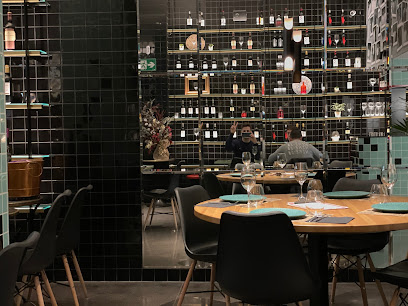
UMA
Discover UMA: A fine dining restaurant in Eixample offering exquisite Mediterranean and Castilian cuisine with exceptional service.

Restaurant La Forquilla
Discover authentic Mediterranean flavors at Restaurant La Forquilla in Barcelona’s Eixample district, where each dish is a celebration of culinary artistry.
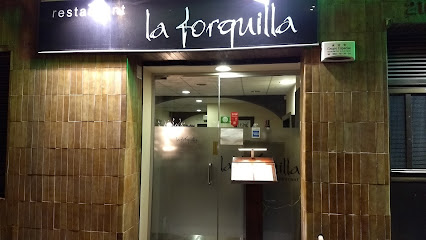
Tast-ller
Savor exquisite Mediterranean cuisine at Tast-ller in Barcelona's vibrant Eixample district, where each dish tells a story.

Markets, malls and hidden boutiques
Flying Tiger
Discover unique gifts and quirky treasures at Flying Tiger, a must-visit shop in Barcelona's vibrant Eixample district, perfect for all ages.
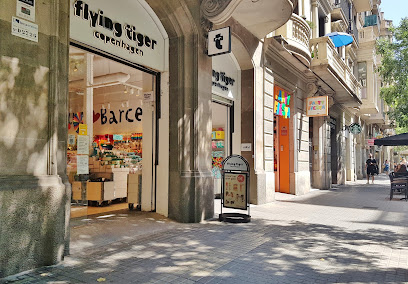
Santa Eulalia
Explore Santa Eulalia, a luxury clothing store in Barcelona offering haute couture, tailored clothing, and unique fashion accessories for discerning shoppers.
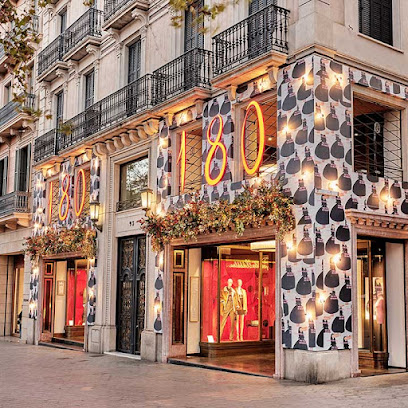
La Nostra Ciutat
Explore La Nostra Ciutat, a charming boutique in Ciutat Vella, offering unique gifts and local treasures perfect for every traveler.
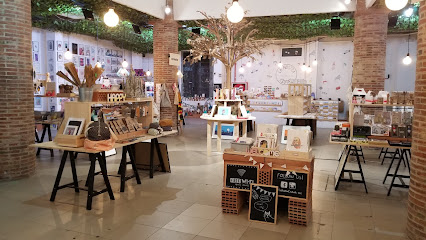
Natura
Discover unique gifts, stylish clothing, and playful toys in the heart of Barcelona at Natura, your go-to gift shop for all occasions.
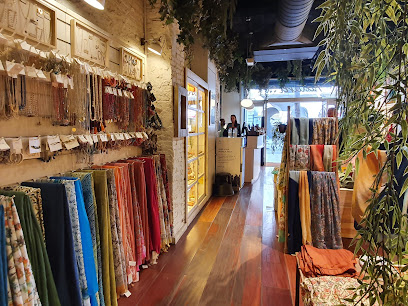
Nice Things Outlet Barcelona
Explore the vibrant world of fashion at Nice Things Outlet Barcelona, where unique styles and quality clothing await every visitor.
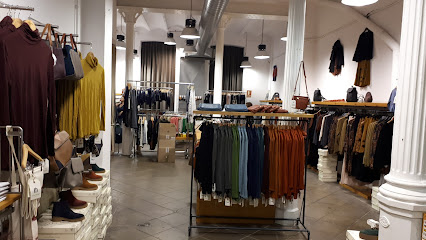
Little Barcelona Souvenirs (The Gift Shop)
Explore Little Barcelona Souvenirs for unique gifts that embody the spirit and culture of Barcelona, perfect for every traveler.
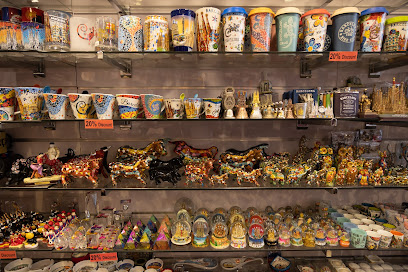
ANJARA BARCELONA
Discover the fashion-forward boutique of Anjara Barcelona, where stylish dresses and accessories await in the heart of Eixample.
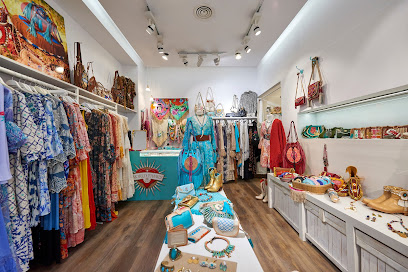
The Good Store Barcelona
Explore the unique fashion offerings at The Good Store Barcelona, where style meets creativity in the heart of Eixample.
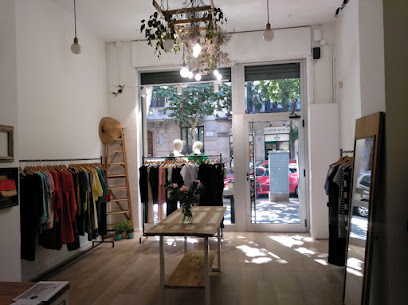
Botiga artesana gift store
Explore the charm of Barcelona at Botiga Artesana, where unique handcrafted gifts and local artistry await to make your visit unforgettable.
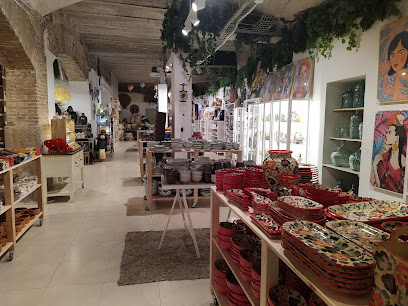
Unique
Explore the vibrant 'Unique' store in Eixample, Barcelona, where local creativity meets modern style in an unforgettable shopping experience.
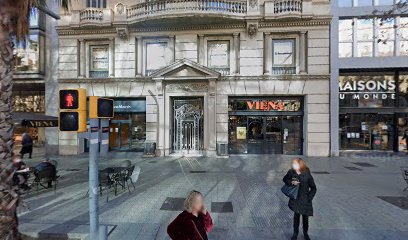
Essential bars & hidden hideouts
Bonavida Cocktail Bar
Discover Bonavida Cocktail Bar in Barcelona for vibrant cocktails, delicious food, and an unforgettable nightlife experience.
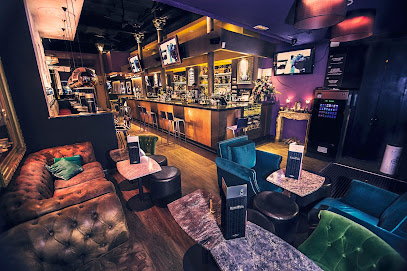
Hemingway Gin & Cocktail Bar
Experience the vibrant nightlife of Barcelona at Hemingway Gin & Cocktail Bar, where expertly crafted cocktails meet a sophisticated atmosphere.
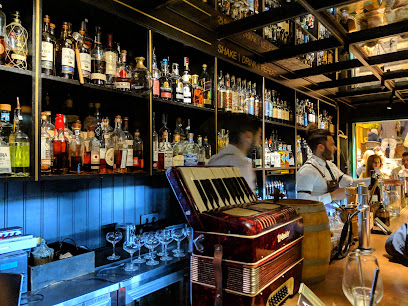
The Alchemix
Discover the enchanting world of cocktails at The Alchemix, a must-visit bar in Barcelona's vibrant L'Eixample neighborhood.
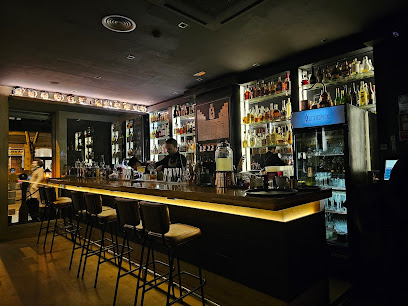
Plata Cocktail Bar
Discover the vibrant world of cocktails at Plata Cocktail Bar in Barcelona, where creativity meets nightlife in an inclusive atmosphere.
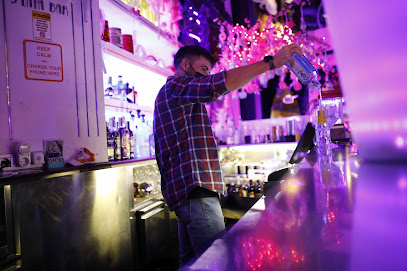
Les Gens Que J'Aime
Experience the vibrant cocktail culture of Barcelona at Les Gens Que J'Aime, where creativity meets the perfect atmosphere for unforgettable nights.
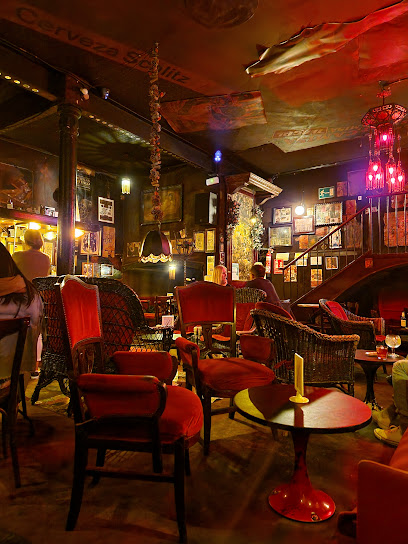
Tandem Cocktail Bar
Discover the lively atmosphere of Tandem Cocktail Bar in L'Eixample, where expertly crafted cocktails and a vibrant ambiance await every visitor.
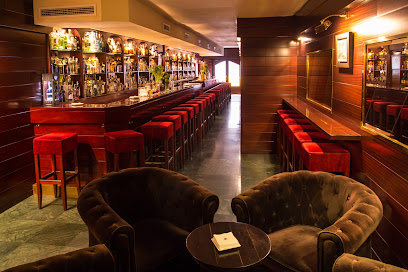
Solange Cocktail Bar
Experience the elegance of Solange Cocktail Bar in Eixample, Barcelona, where expertly crafted cocktails meet a vibrant nightlife ambiance.
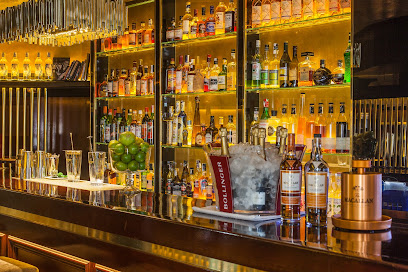
Ideal Cocktail Bar
Discover the ideal spot for cocktail lovers in Barcelona's Eixample, blending innovative mixology with a vibrant atmosphere for an unforgettable night.
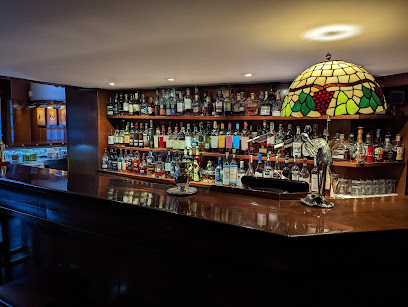
El Quinto Moño
Experience the vibrant nightlife at El Quinto Moño, a top bar in Barcelona's Eixample district, famous for its cocktails and lively atmosphere.
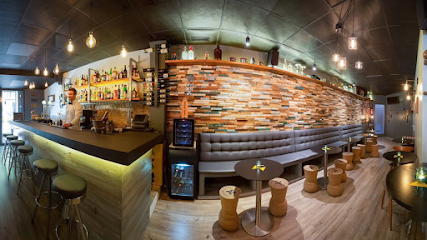
Pub Fiction
Discover the lively atmosphere and creative cocktails at Pub Fiction, a must-visit cocktail bar in the heart of Barcelona's Eixample district.
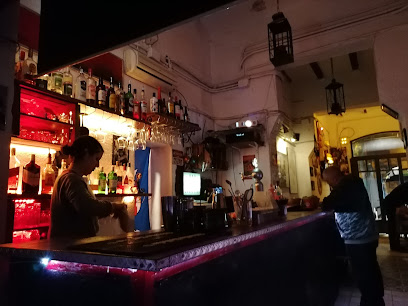
Local Phrases
-
- HelloHola
[O-la] - GoodbyeAdiós
[A-di-ós] - YesSí
[Si] - NoNo
[No] - Please/You're welcomePor favor/De nada
[Por fa-vor/De na-da] - Thank youGracias
[Gra-cias] - Excuse me/SorryPerdón/Lo siento
[Per-dón/Lo cien-to] - How are you?¿Cómo estás?
[¿Có-mo es-tás?] - Fine. And you?Bien. ¿Y tú?
[Bi-en. ¿Y tú?] - Do you speak English?¿Hablas inglés?
[¿A-blas in-glés?] - I don't understandNo entiendo
[No en-tien-do]
- HelloHola
-
- I'd like to see the menu, pleaseMe gustaría ver la carta, por favor
[Me gus-ta-ría ver la car-ta, por fa-vor] - I don't eat meatNo como carne
[No co-mo car-ne] - Cheers!¡Salud!
[¡Sa-lud!] - I would like to pay, pleaseMe gustaría pagar, por favor
[Me gus-ta-ría pa-gar, por fa-vor]
- I'd like to see the menu, pleaseMe gustaría ver la carta, por favor
-
- Help!¡Ayuda!
[¡A-yu-da!] - Go away!¡Vete!
[¡Ve-te!] - Call the Police!¡Llama a la policía!
[¡Ya-ma a la po-li-cía!] - Call a doctor!¡Llama a un médico!
[¡Ya-ma a un mé-di-co!] - I'm lostEstoy perdido/a
[Es-toy per-di-do/a] - I'm illEstoy enfermo/a
[Es-toy en-fer-mo/a]
- Help!¡Ayuda!
-
- I'd like to buy...Me gustaría comprar...
[Me gus-ta-ría com-prar...] - I'm just lookingSolo estoy mirando
[So-lo es-toy mi-ran-do] - How much is it?¿Cuánto cuesta?
[¿Cuán-to cues-ta?] - That's too expensiveEs demasiado caro
[Es de-ma-sia-do ca-ro] - Can you lower the price?¿Puedes bajar el precio?
[¿Pue-des ba-jar el pre-cio?]
- I'd like to buy...Me gustaría comprar...
-
- What time is it?¿Qué hora es?
[¿Qué ho-ra es?] - It's one o'clockEs la una
[Es la u-na] - Half past (10)Las diez y media
[Las diez y me-dia] - MorningMañana
[Ma-ña-na] - AfternoonTarde
[Tar-de] - EveningNoche
[No-che] - YesterdayAyer
[A-yer] - TodayHoy
[Hoy] - TomorrowMañana
[Ma-ña-na] - 1Uno
[U-no] - 2Dos
[Dos] - 3Tres
[Tres] - 4Cuatro
[Cua-tro] - 5Cinco
[Cin-co] - 6Seis
[Seis] - 7Siete
[Siete] - 8Ocho
[O-cho] - 9Nueve
[Nue-ve] - 10Diez
[Diez]
- What time is it?¿Qué hora es?
-
- Where's a/the...?¿Dónde está un/el...?
[¿Dón-de es-tá un/el...?] - What's the address?¿Cuál es la dirección?
[¿Cuál es la di-rec-ción?] - Can you show me (on the map)?¿Puedes mostrarme (en el mapa)?
[¿Pue-des mos-trar-me (en el ma-pa)?] - When's the next (bus)?¿Cuándo es el próximo (autobús)?
[¿Cuán-do es el pró-xi-mo (au-to-bús)?] - A ticket (to ....)Un billete (a...)
[Un bi-lle-te (a...)]
- Where's a/the...?¿Dónde está un/el...?
History of Eixample
-
Eixample, meaning 'extension' in Catalan, was designed in the mid-19th century to accommodate the growing population of Barcelona following the city's industrial boom. The old city walls were demolished, and the Eixample was laid out in a grid pattern by Ildefons Cerdà, featuring wide avenues and chamfered corners, allowing for better air circulation and sunlight.
-
The late 19th and early 20th centuries saw Eixample become a canvas for Modernisme, a Catalan art and architectural movement. Notable architects like Antoni Gaudí, Lluís Domènech i Montaner, and Josep Puig i Cadafalch left their mark on the neighborhood, with iconic buildings such as the Sagrada Família, Casa Batlló, and Casa Milà, which reflect the era's innovative spirit.
-
Eixample is often considered the epicenter of the Catalan Modernisme movement, which sought to express Catalan identity through art and architecture. The movement gained momentum during the Catalan Renaissance, a cultural revival in the late 19th century, which aimed to promote Catalan language and culture amid political oppression.
-
The Spanish Civil War (1936-1939) had a profound impact on Eixample, as it did on all of Barcelona. Many Modernista buildings were damaged or repurposed during the conflict. The war also saw a rise in political tension, with Eixample becoming a site for various skirmishes, reflecting the neighborhood's strategic importance.
-
Following the end of Franco's regime in 1975, Eixample underwent significant transformation. The neighborhood became a desirable area for both locals and expatriates, leading to gentrification. This period saw the restoration of many historic buildings and an influx of cultural institutions, restaurants, and shops, further solidifying Eixample's status as a vibrant urban center.
Eixample Essentials
-
Eixample is centrally located in Barcelona, making it easily accessible from other neighborhoods. The neighborhood is well-served by public transportation, including the metro. The nearest metro stations are Passeig de Gràcia (lines L2, L3, and L4) and Universitat (lines L1 and L2). Buses also run frequently, with numerous lines passing through the area. If coming from the airport, the Aerobus service offers a direct route to Plaça Catalunya, which is adjacent to Eixample.
-
Eixample is a walkable neighborhood with wide streets and ample sidewalks. The metro is the quickest way to travel across Barcelona, while buses provide access to various parts of the city. Biking is popular, with many dedicated bike lanes available. You can rent a bike from local shops or use the Bicing system, a bike-sharing service available for locals and tourists. Taxis and ride-sharing apps like Uber are also readily available.
-
Eixample is generally safe for tourists, but like any urban area, petty crime such as pickpocketing can occur, especially in crowded places like Passeig de Gràcia and near major attractions. Avoid leaving valuables unattended and be cautious in busy areas. Although the crime rate is low, it is advisable to stay alert and be aware of your surroundings.
-
In case of an emergency, dial 112 for police, fire brigade, or medical assistance. Hospitals and clinics are available in Eixample, and pharmacies are scattered throughout the neighborhood. Always carry a copy of your identification and travel insurance details for emergencies.
-
Fashion: Do dress appropriately for the occasion, particularly when visiting churches. Casual attire is acceptable for most outings, but avoid overly revealing clothing. Religion: Do respect local customs, especially in religious sites like Sagrada Família. Public Transport: Do validate your ticket before boarding and don't eat or drink on public transport. Greetings: Do greet locals with 'Hola' and a smile. Eating & Drinking: Do try local tapas and beverages. Don't rush through meals; dining is a leisurely experience in Spain.
-
To experience Eixample like a local, explore the lesser-known streets and plazas, such as Plaça del Sol and Plaça de la Sagrada Família, which often host local events. Visit local markets like Mercat de la Concepció for fresh produce and regional specialties. Engage with locals at neighborhood bars and cafés, where you can enjoy authentic Catalan cuisine and tapas. Don't miss the opportunity to admire the architectural works of Antoni Gaudí, but consider visiting early in the morning or late afternoon to avoid crowds.
Nearby Cities to Eixample
-
Things To Do in Tarragona
-
Things To Do in Girona
-
Things To Do in Lleida
-
Things To Do in Pas de la Casa
-
Things To Do in Escaldes-Engordany
-
Things To Do in Andorra la Vella
-
Things To Do in Encamp
-
Things To Do in Soldeu
-
Things To Do in Canillo
-
Things To Do in La Massana
-
Things To Do in Arinsal
-
Things To Do in Ordino
-
Things To Do in El Serrat
-
Things To Do in Palma de Mallorca
-
Things To Do in Huesca









